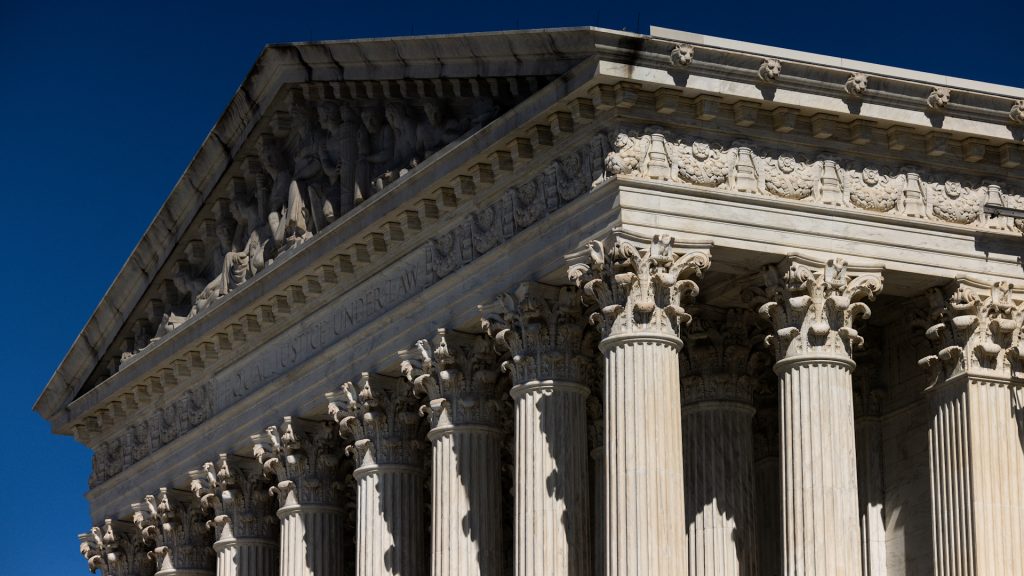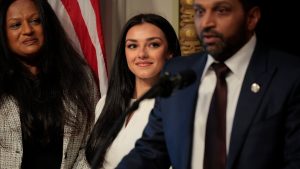Justices lift injunction on Trump’s federal workforce cuts

The U.S. Supreme Court on Tuesday, July 8, gave the Trump administration the green light to move forward with sweeping plans to cut tens of thousands of federal jobs. The decision lifts a lower court’s order that had temporarily blocked the layoffs.
In an unsigned decision, the justices said the administration is “likely to succeed” in its argument that President Donald Trump’s executive order directing agency downsizing is lawful.
The ruling allows the White House to resume staff reduction efforts across 22 federal agencies — including the Departments of State, Treasury, Agriculture and Veterans Affairs — according to Reuters. The order stems from Trump’s February directive for agencies to prepare large-scale reductions-in-force (RIFs), part of a broader plan to restructure the executive branch.
What is DOGE — and who’s leading it?
Trump created the Department of Government Efficiency, or DOGE, after returning to office in January. The president previously had tech entrepreneur Elon Musk and his aides lead the initiative, which has included dismissing staff, gaining access to internal systems and attempting to shutter agencies such as USAID and the Consumer Financial Protection Bureau.
Musk left the administration in late May following disagreements with the Trump administration. The X CEO was never an official employee of the White House. Instead, the administration said he was a “special employee” to the president.
The White House said the overhaul is designed to streamline government and eliminate waste. Critics, including labor unions and Democratic lawmakers, warn that the federal workforce cuts threaten critical public services, risk lives and have already caused chaos inside federal agencies, among other concerns.
What’s next for the layoffs?
While the Supreme Court lifted a key legal barrier, it did not rule on the legality of specific agency layoff plans. Those proposals could still face legal challenges based on civil service protections and statutory constraints.
The White House hailed the decision as a “definitive victory,” but officials acknowledged implementation could still be delayed due to agency-level lawsuits and logistical hurdles.
Justice Ketanji Brown Jackson dissented, warning the Court has shown “enthusiasm” for supporting Trump’s contested emergency actions. Justice Sonia Sotomayor, while joining the order, noted agency-specific plans could still be blocked if found to violate the law.
What was the legal fight about?
A coalition of unions, nonprofits and local governments sued the administration, arguing that Trump’s order bypassed Congress’s role in structuring and funding federal agencies.
A federal judge in May agreed, issuing a nationwide injunction. The Ninth Circuit upheld that block, prompting the Justice Department to seek emergency relief from the Supreme Court.
The administration argues the president has broad authority to reorganize the executive branch without congressional approval. Opponents counter that the proposed cuts defy federal statutes and would cause irreparable harm to government services and the workers who provide them.





